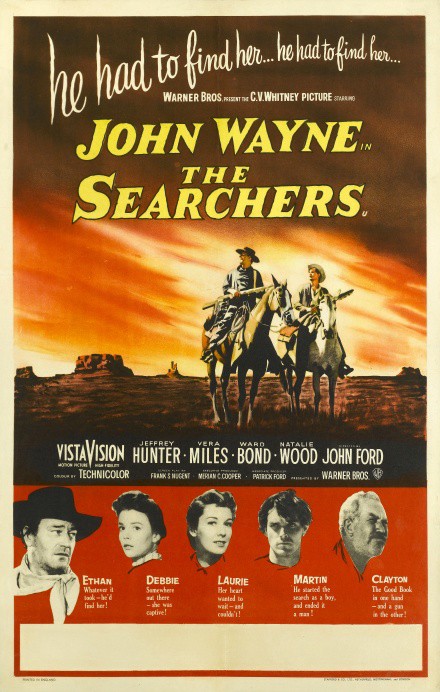
by Victoria Silverwolf
What's Space Opera, Doc?
with apologies to Chuck Jones
There are many different kinds of science fiction stories. Time travel, future societies, parallel worlds, and so on. When most people think of science fiction, however, they probably imagine tales set in outer space.
I recently came across three new works of SF that might be called space opera. Although all of them feature adventures set, at least partly, on planets orbiting distant stars, they are quite different from one another. For one thing, they vary in length. Let's take a look at them, from shortest to longest.
A Three-Course Literary Meal
First up is a light appetizer from a prolific British author who has already won quite a bit of praise from Galactic Journeyers. His creations are almost always competent, at least, and sometimes outstanding.
A Planet of Your Own, by John Brunner
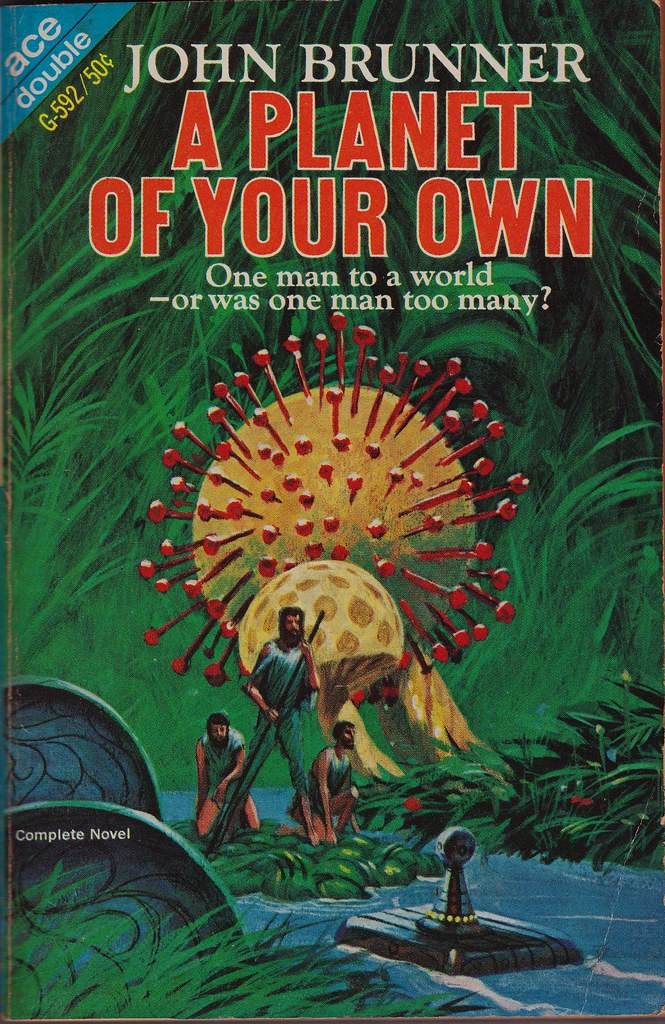
Cover art by Jack Gaughan.
As you can tell, this is one part of an Ace Double. I almost said half of an Ace Double, but it takes up much less than fifty percent of the book. Well under one hundred pages in length, with plenty of white space between chapters, it's really a novella rather than the Complete Novel bragged about on the cover.
Our protagonist is a woman named Kynance Foy.
Wait a minute. That sounds familiar. Let me dig through some old magazines and figure this out.
I knew it! A Planet of Your Own was previously published in Worlds of If just a few months ago under the title The Long Way to Earth, and reviewed by my esteemed colleague David Levinson. I've taken a look at both versions. If there's any difference at all, it must be very minor.
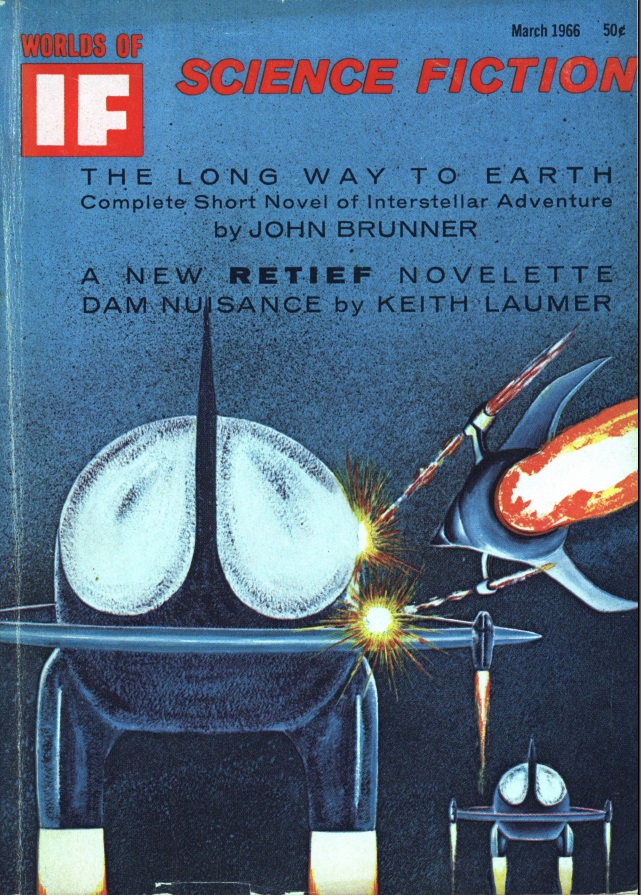
Cover art by Hector Castellon. It's still not a complete short novel.
Anyway, Kynance is stuck on a planet with no money and few prospects for getting back to Earth. The company that supplies so-called pelts from another world offers her a job that sounds too good to be true. (The extremely expensive pelts are actually vegetable matter that changes color and produces pleasant aromas.)
All she has to do is stay alone on the pelt planet for a year, so the company can maintain its claim. In exchange, she'll get a fortune in cash and a free ride to Earth.
Of course, there's a catch. Nobody has ever been able to avoid violating the company's rules, so they get tossed out without payment, and are expected to die on the uninviting world of pelts. However, a few previous employees have managed to survive, barely managing to feed themselves on the plant life that covers the entire watery planet.
These poor guys make their way to the company's station, where Kynance violates her contract by waving at them. (The evil corporation has very strict rules.) Is she doomed to the same ghastly fate as the other ex-employees?
This is an enjoyable story, maybe not groundbreaking but certainly engaging. The heroine is appealing, and the way she uses her knowledge of the law is clever.
Four stars.
After our palate has been sharpened by this hors d'oeuvre, even if we've tasted it before, let's flip over the book and savor something a little bit more substantial. (Soup or salad?)
The Beasts of Kohl, by John Rackham
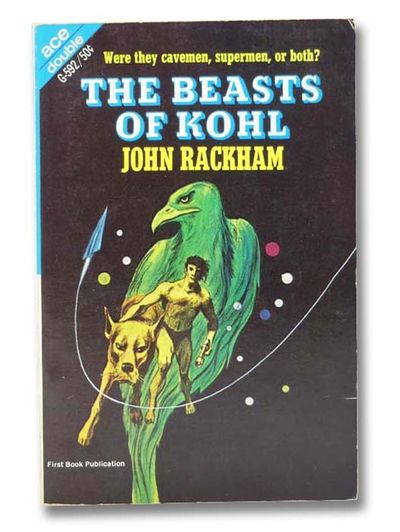
Another cover by Jack Gaughan.
Another British writer supplies the larger part of this Ace Double. John Rackham is the pen name of John T. Phillifent. He's mostly been published in British magazines, although he's also shared a couple of Ace Doubles prior to this one. The phrase First Book Publication makes me wonder if this novel appeared in some magazine somewhere, but I can find no evidence for that.
Our hero is a fellow called Rang. (I'll try to avoid You Rang? jokes.) We first meet him hunting a six-legged beast on an eternally stormy planet with three suns. Helping him are an enormous bird of prey and a gigantic canine. This unlikely trio are the title beasts.
Kohl is a huge, sea-dwelling, tentacled alien. He collects species from various planets, including Rang and his friends. Kohl comes to realize that Rang is more than just an animal, so he offers to send him back to Earth, from which he was taken when he was a small child. Rang is happy living with Kohl in an underwater shelter, but Kohl insists that he visit his home world first and then decide whether to stay there instead.
Accompanying Kohl, Rang, the bird, and the dog, is a woman called Rana. (First rule of science fiction nomenclature: Female names have to end with the letter a.) She's one of the beasts of another member of Kohl's species, and is a little wilder than Rang.
Once their spaceship lands in the ocean on Earth, Kohl casually mentions the fact that, due to time dilation at speeds near those of light, about one hundred thousand years have gone by since Rang and Rana were last on Earth. We find out that they're Cro-Magnons, and they're now in the modern world.
(There are a few hints that this is the future, but for the most part it might as well be 1966.)
The two fish-out-of-water and their giant pets get mixed up with a genius who earns large amounts of money for offering his opinions; his secretary, who carries a torch for him; a film maker working on a documentary about the genius; the greedy financial manager of the genius; and some other folks. This part of the novel offers a satiric look at today's society through the eyes of the visitors.
When the manager arranges to have the genius meet a couple of Soviet agents, the book turns into a spy thriller, with Rang in the role of a primitive James Bond. (Rana does her fair share of beating up the bad guys as well.) It all leads up to a car/helicopter/submarine chase, with some vital help from Kohl, who remains in the underwater spaceship.
It's not a bad yarn, if you're willing to put up with the changes in mood from drama to comedy to adventure. The romance between the genius and the secretary is a little corny, with each of them attracted to the other but not saying anything about it until the end. You might agree with Rang and Rana that modern people are badly mixed up in their minds about logic and emotion.
Three stars.
Grab your steak knife and get ready to dig into the main course.
The Solarians, by Norman Spinrad
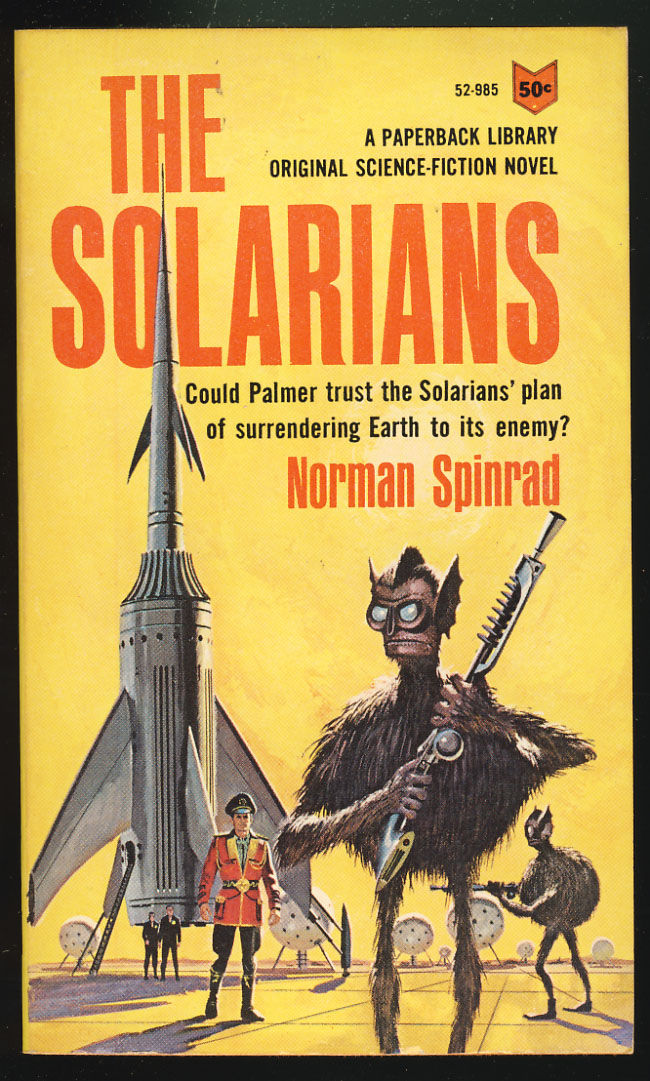
Anonymous but rather accurate cover art.
Here's the first novel from a new author who has shown up in various magazines for a couple of years. It starts off in true space opera form, with a fleet of human spaceships engaging in battle with a relentless enemy intent on extermination. The humans are outnumbered by the ruthless Duglaari, so the commander of the fleet beats a hasty retreat, abandoning a human colony world to their foes.
The war has been going on for centuries, and the humans are slowly losing. Their only hope is the nearly legendary home world. The solar system has been cut off from the many other human planets for about three hundred years. The inhabitants of humanity's place of origin are supposed to show up and defeat the enemy with a secret weapon.
The commander of the defeated fleet happens to be reporting to his superior officer when these so-called Solarians arrive. Instead of a huge number of warships, only a small vessel appears. It carries three men and three women, which seems hardly enough to turn the tide of battle.
The six Solarians have various psychic powers, from telepathy to the ability to control another's body. This is obviously a great advantage, but it still seems impossible that they would be able to wrest victory from the jaws of defeat.
Their outrageous plan is to travel to the Duglaari home world, and offer terms of surrender. Through sheer force of personality, aided by demonstration of their powers, they manage to convince the officer in charge to send the commander with them as a supposed ambassador from the human worlds.
The commander is suspicious of their motives. He is also uncomfortable about their lifestyle. The half-dozen Solarians live in a group that isn't quite a family, but something like one. One of the women openly offers to have sex with him, although she's in love with one of the men, and the fellow she loves isn't jealous at all. The commander eventually learns to accept this new way of relating to other people during the long trip to the Duglaari planet.
That changes when he thinks the Solarians have double-crossed him, by offering the Duglaari the chance to destroy the rest of humanity if they'll leave the solar system alone. Although the Duglaari reject this offer, the commander imagines himself surrounded by traitors as their spaceship heads back to Earth. Of course, the reader is aware that the Solarians have something up their sleeve.
The combination of classic space opera with sociological science fiction, in the form of the Solarians' way of life, is intriguing. There's a climax that's spectacular in its scale, but you'll probably see it coming. The novel is quite talky, and all the human characters sound about the same. The aliens are interesting. Overall, it's a decent first novel, if not great.
Three stars.
What's For Dessert?
After that hefty triple offering, you're probably in the mood for something a little lighter to clear the palate, although still featuring heroic space adventures.

by Jason Sacks
Thief of Llarn, by Gardner F. Fox
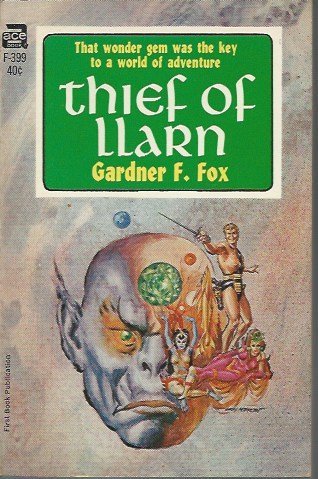
Thief of Llarn is the third or fourth book written by Gardner Fox that I’ve written about for this fanzine, and a pattern has definitely emerged in terms of the man’s work. The fabulous Mr. Fox is just fine at delivering solid, exciting, comic-booky sci-fi filled with traditional action and adventure. Every novel of his that I’ve read is a delightful but shallow page turner, with plenty of swashbuckling Flash Gordon action but little character depth or new wave insights. He’s more like early Heinlein than later Heinlein, so to speak.
Which isn’t a bad thing, and Fox’s latest short novel, Thief of Llarn, fits comfortably in his oeuvre. It stars a larger-than-life lead character who seems like a DC superhero, say someone like Adam Strange. Thief of Llarn features breathtaking escapes and horrific villains and a never-ending journey across a planet and beautiful princesses, yeah yeah yeah I see your head nodding and yep we’ve all seen this sort of thing before but that derivativeness is sort of the point of the work.
Thief of Llarn sat comfortably in my local Woolworth’s next to novels by Rice Burroughs and (ugh) Lin Carter, with Tarzan and Conan and Thongor all pleasant peers to Fox’s protagonist Alan Morgan in their delivery of high adventure and traditional heroism. All swashes are buckled, all heroes are wise, all thieves are rogues, and all planets are explored. This novel gives 40¢ worth of thrills and earned the author a few hundred dollars in payment from publisher Ace Novels, and that’s a transaction which benefited everybody. It's a workmanlike novel, but that's kind of the point.
I enjoyed this book precisely as much as I wanted to. There are exciting time travel elements, thrilling escapes from dark castles, journeys across arctic wastelands, a brilliant guild of thieves and some astonishing cars gliding across the skies. We get strange variations on polar bears, a doddering Cthulhu type creature, a murder fortress and a Disney style castle. We have a hero who doesn’t introspect too much, some fighting companions of his who are of mixed genders, and even an ending that allows our hero to love two women without two-timing either of them. It’s 146 thoroughly solid pages that acts as a delivery mechanism for a story which will delight any fan of traditional planets and sorcery sci-fi.
If Llarn doesn’t have the literary merits of the works of Zelazny or Moorcock or even Leiber, that’s just fine, and those limits should be part of our expectations. Mr. Fox has a side job writing for the rather staid National Comics on series like Adam Strange, Justice League of America, The Spectre, The Atom and Tomahawk. Alan Morgan could have come right out of any of those series. And on top of his comic book work, Fox also finds time to write four novels per year. Talk about a man chained to his typewriter! Gardner Fox is a working writer delivering excitement at 35¢ a pop – and I’m just fine with that.
3 stars
After Dinner Coffee
Wrapping things up, how about a nice warm cup of java to go with that dessert?

by Gideon Marcus
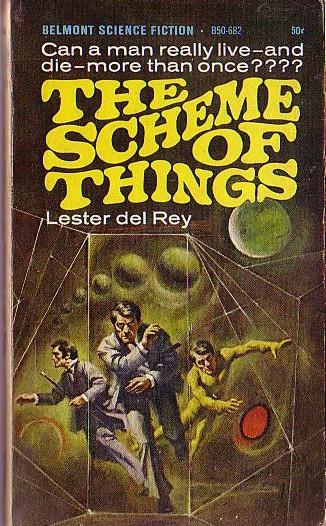
The Scheme of Things, by Lester Del Rey
Lester Del Rey has been one of the most prolific writers of science fiction over the last thirty years. He started in the pulps, and he's never really stopped (though he had a slow patch a few years ago).
His latest novel is with a quite new publisher: Belmont. They've been prolific since their establishment ~1960, though their line is confined mostly to anthologies and a small stable of authors. I think this is Del Rey's first book with them.
It opens with a bang. Mike Strong is an Assistant Professor of Logic at "Kane University" somewhere in the Mid-Atlantic. At the tail end of a typical class, he is suddenly visited by a vision, transported to another world entirely, though just for a moment.
So begins an increasingly disjointed existence. By turns, he finds himself in the bodies of countless alternate Mikes: the husband of an adulterous actress, fixer for the Mob, leader of a ragtag group of refugees following a nuclear war, and on and on. The only common element is Mike, and the fact that he always returns to "the real world". And to the waiting, patient ear of Paul Bender, a former soldier-of-fortune and fellow faculty member, who serves as Mike's anchor and sounding board.
Is Mike actually plane-trotting? Are his lives connected? And what awaits him if any of his alter egos die?
Scheme is the sort of book that, in the hands of someone less skilled, could have been potboiling mediocrity. Instead, Del Rey makes each of the realities, each Mike, independently interesting. The book almost feels like the other, yet-unwritten, half of The Man in the High Castle. Its threads weave together into an interesting discourse on the difference between consciousness and awareness. Plus, it's a riveting, quick read.
I don't know if it'll be a candidate for next year's Hugo, but it certainly is a feather in the growing Belmont cap.
Four stars.

![[September 10, 1966] Bon appetit! (this month's Galactoscope)](https://galacticjourney.org/wp-content/uploads/2021/09/660910covers-672x372.jpg)

![[August 16, 1966] All Shook Up (<i>Catastrophe Planet</i> by Keith Laumer)](https://galacticjourney.org/wp-content/uploads/2021/08/CTSTRPPL1966-2.jpg)

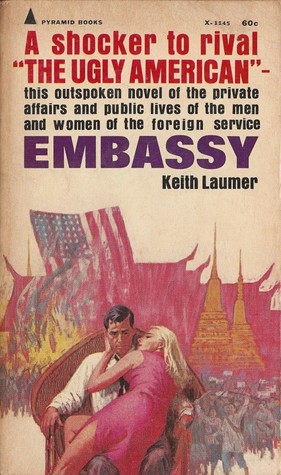
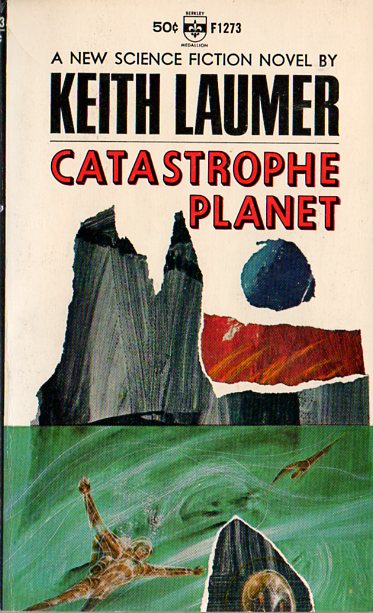

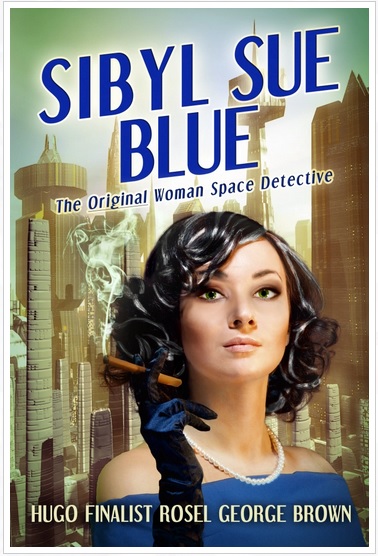
![[August 10, 1966] Dollars and Cents (September 1966 <i>Fantastic</i>)](https://galacticjourney.org/wp-content/uploads/2021/08/FANTSEP1966-3.jpg)




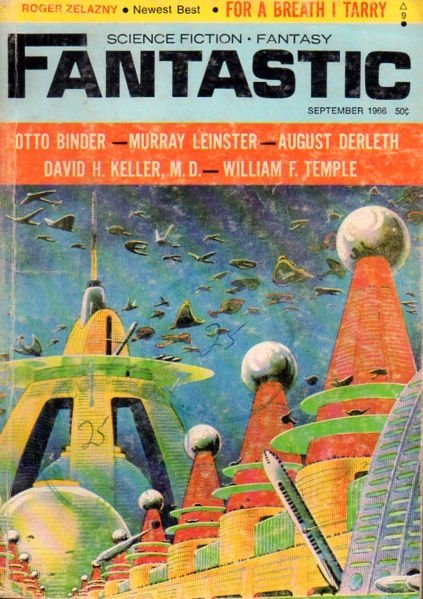




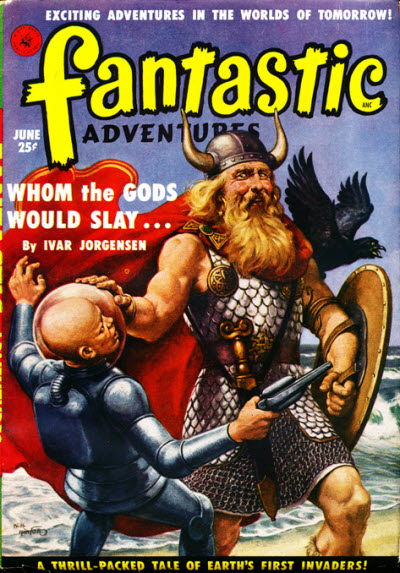




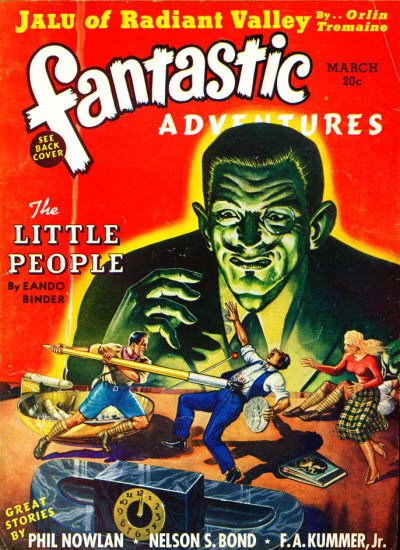
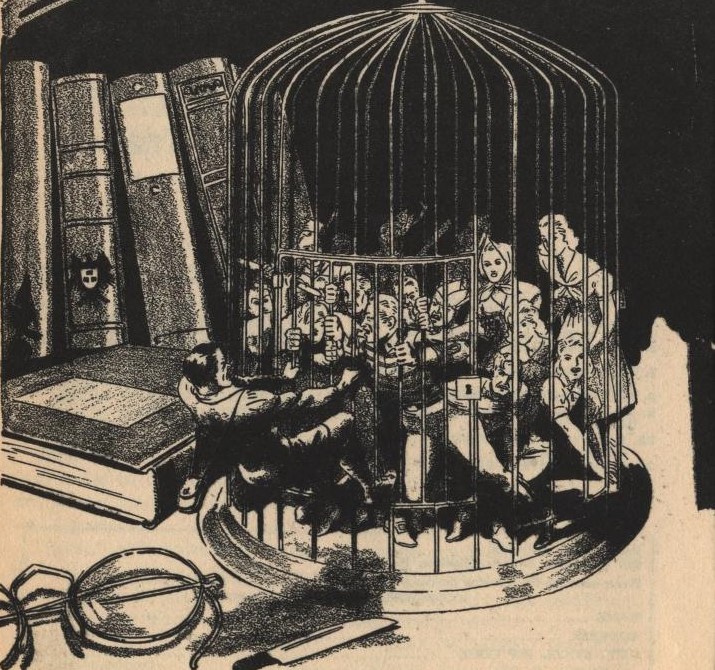
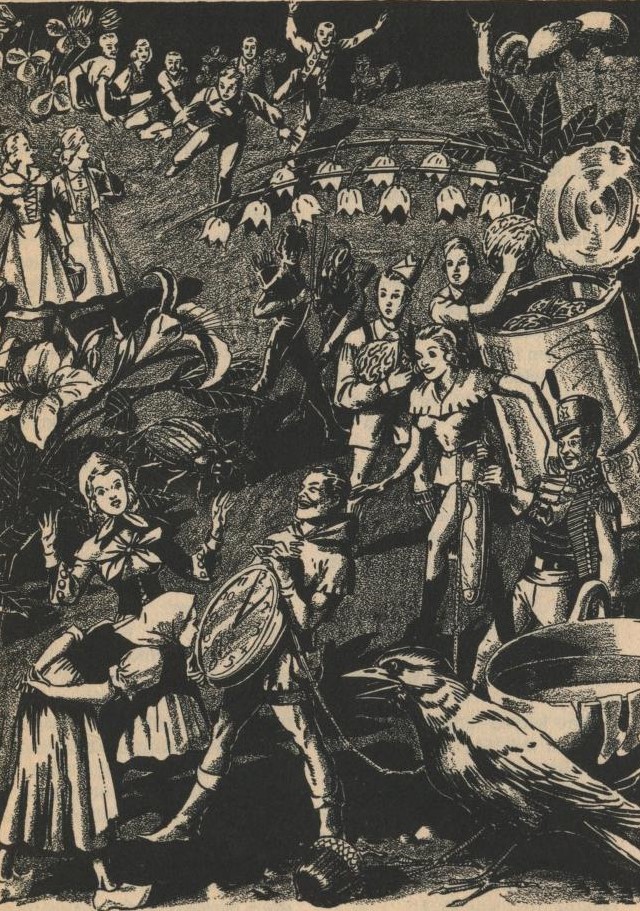
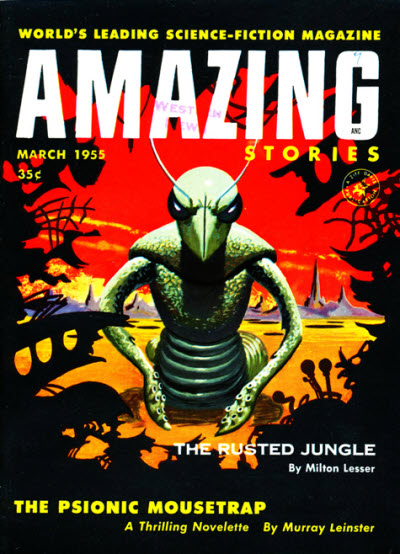
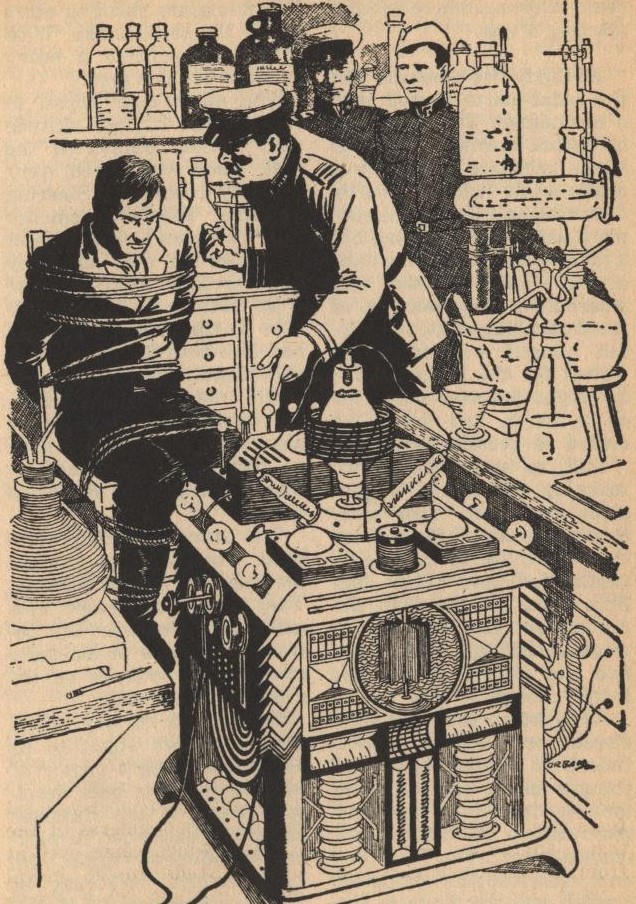

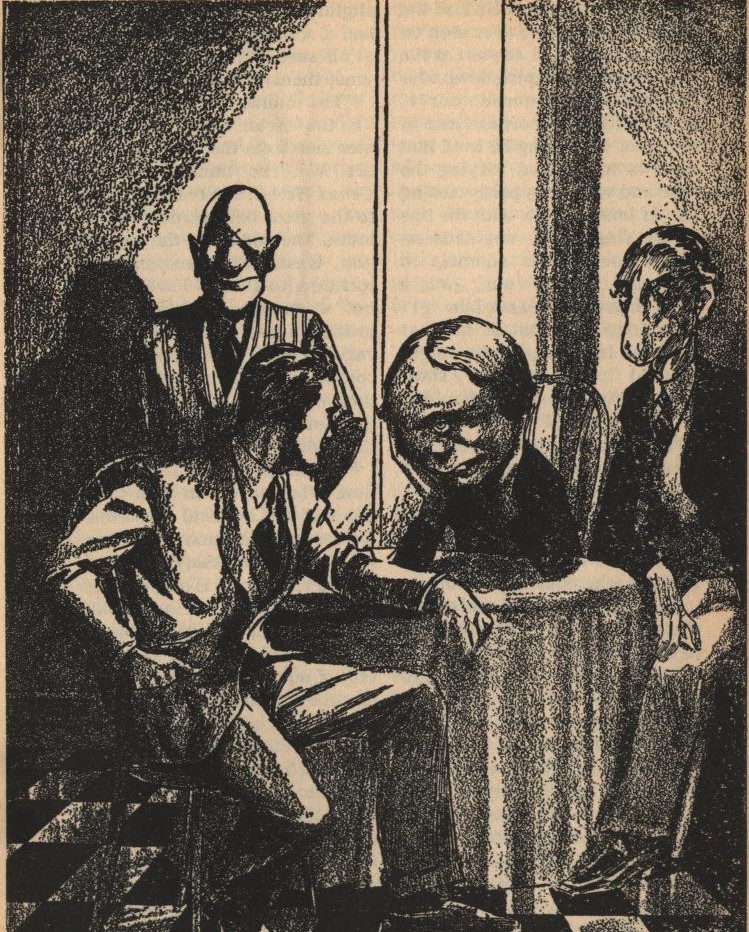

![[July 12, 1966] Cool It! (August 1966 <i>Worlds of Tomorrow</i>)](https://galacticjourney.org/wp-content/uploads/2021/06/Worlds_of_Tomorrow_v04n01_1966-08_0000-2-672x330.jpg)







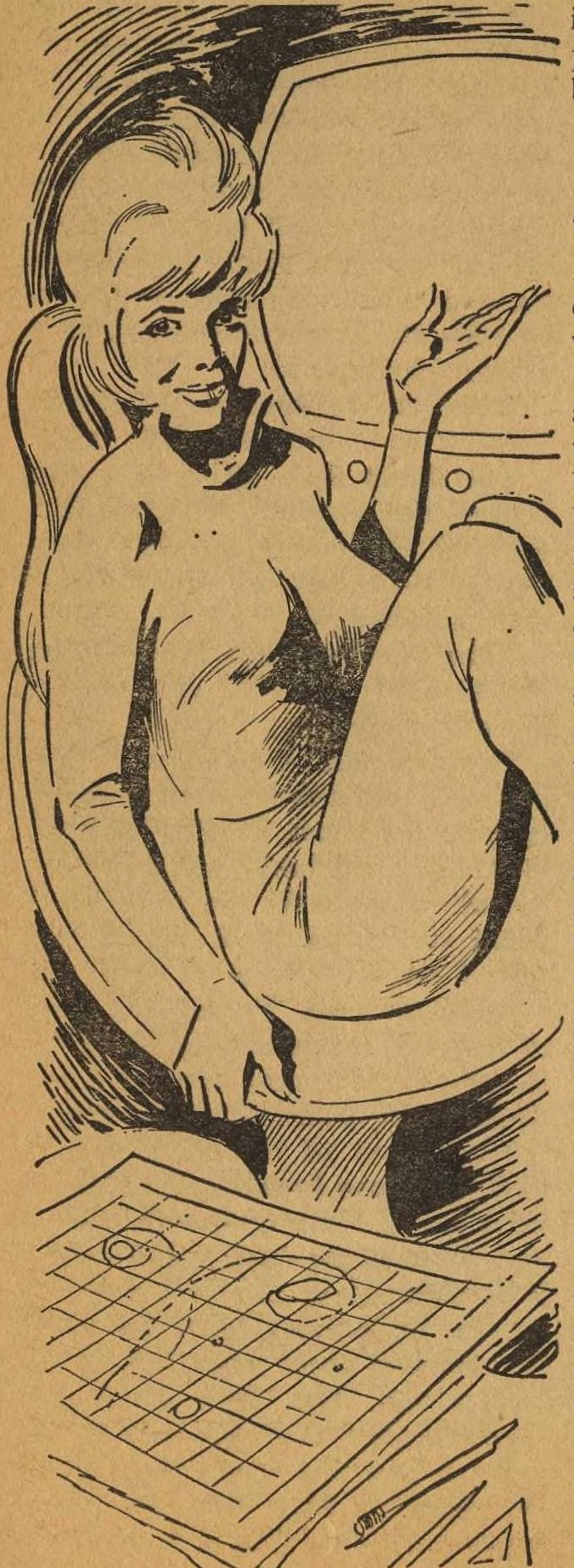














![[July 4, 1966] The Daughters of Jane Eyre (Gothic Romances and a New Soap Opera)](https://galacticjourney.org/wp-content/uploads/2021/06/unnamed.jpg)


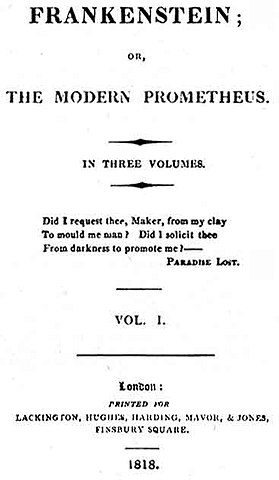


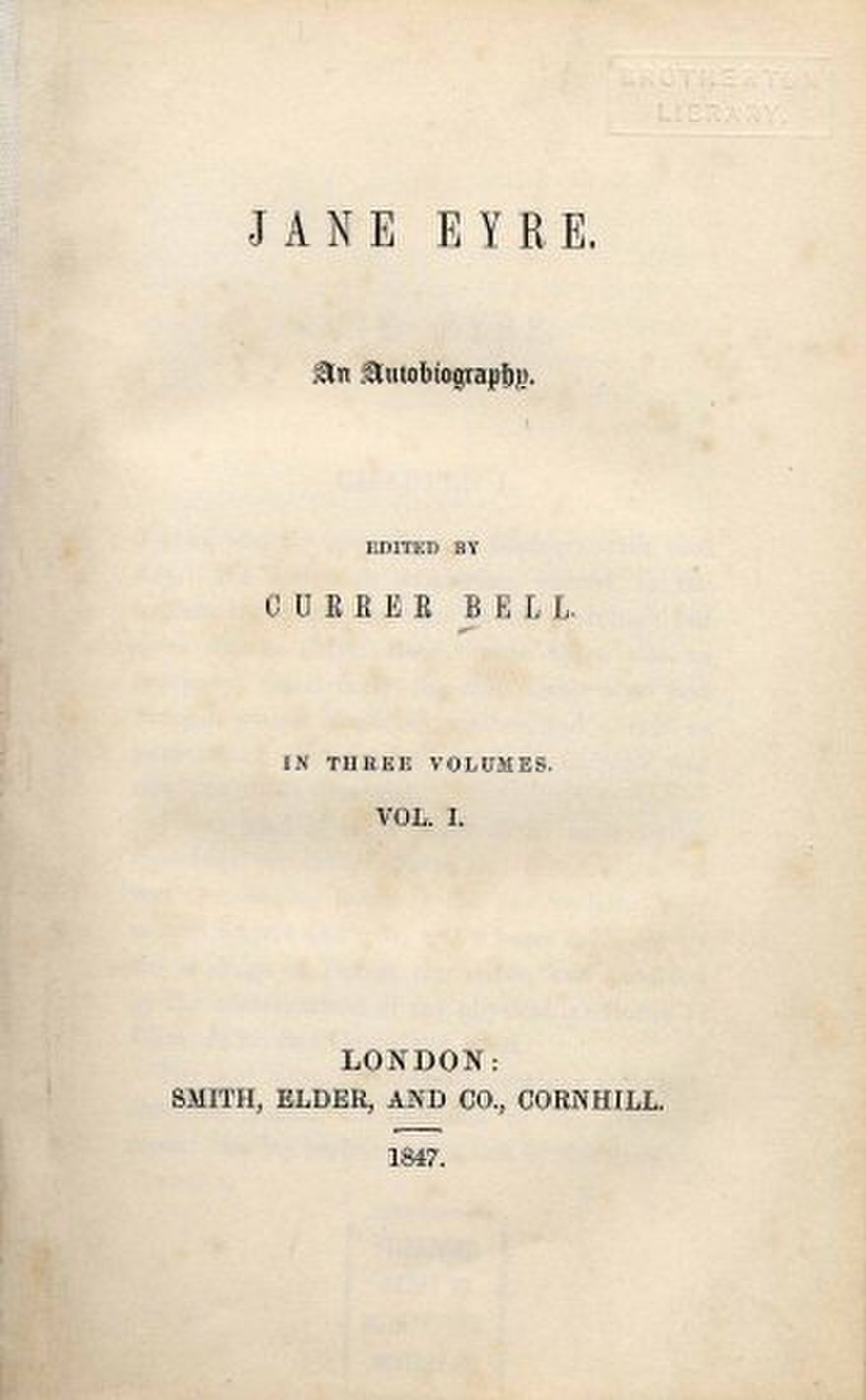
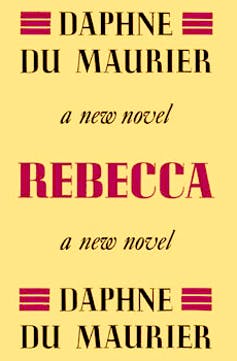
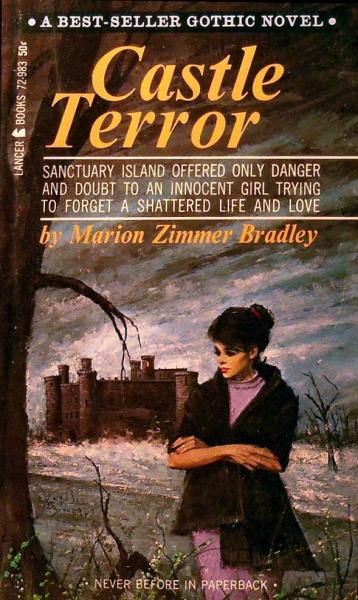




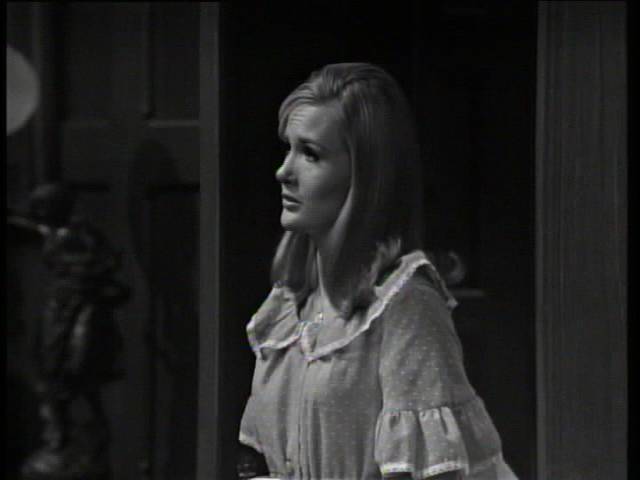
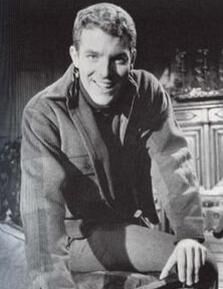
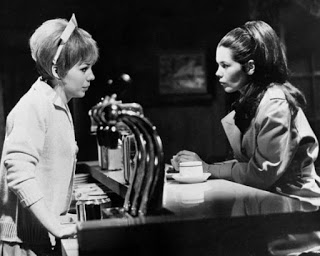


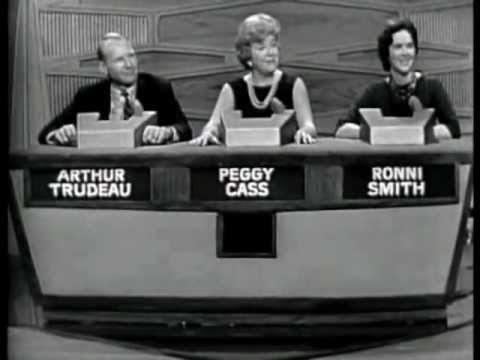

![[June 10, 1966] Summer Reruns (July 1966 <i>Fantastic</i>)](https://galacticjourney.org/wp-content/uploads/2021/05/fantastic_196607-2.jpg)




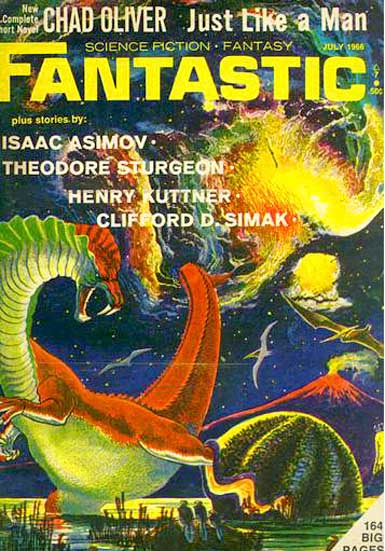




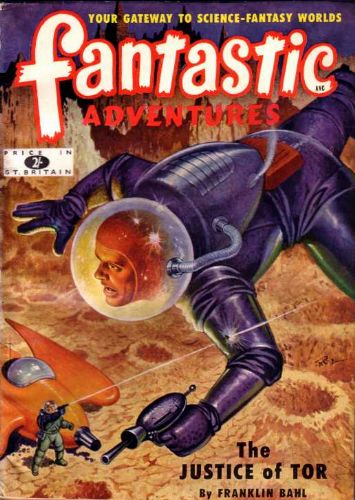


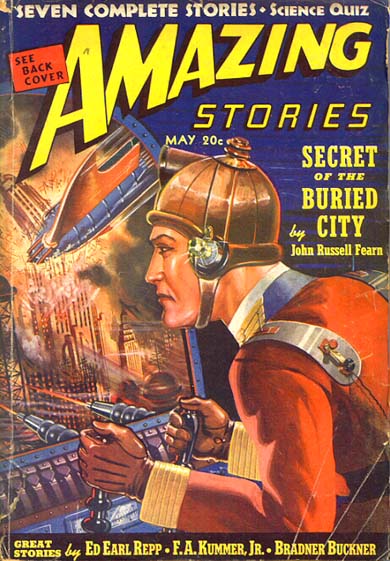
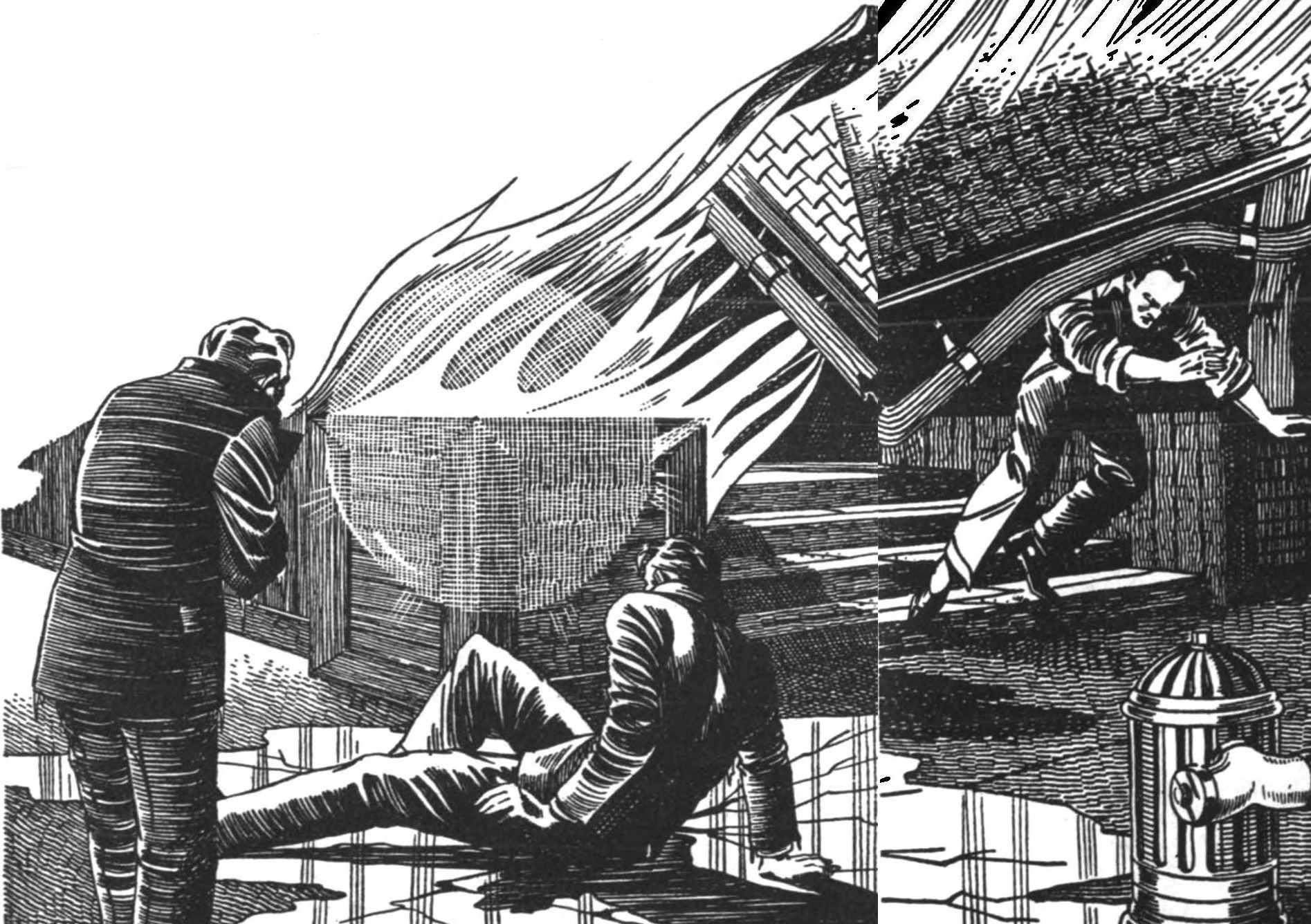

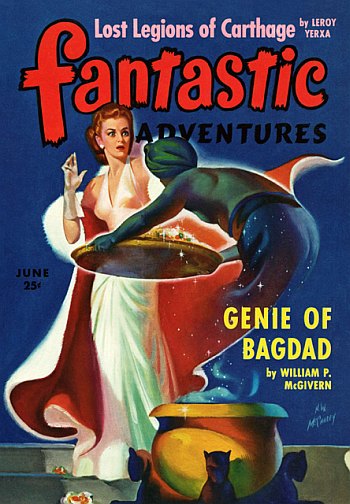

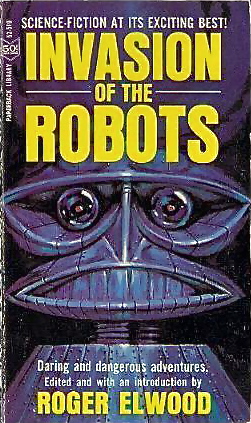
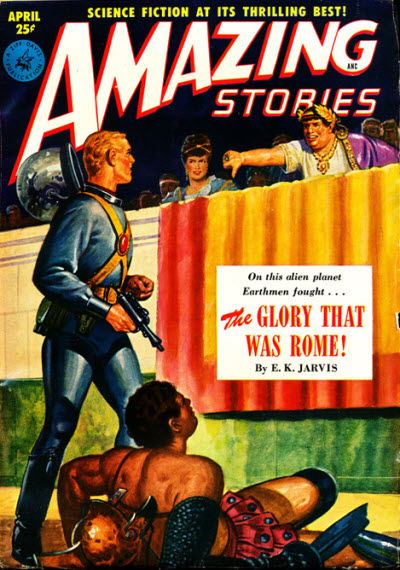


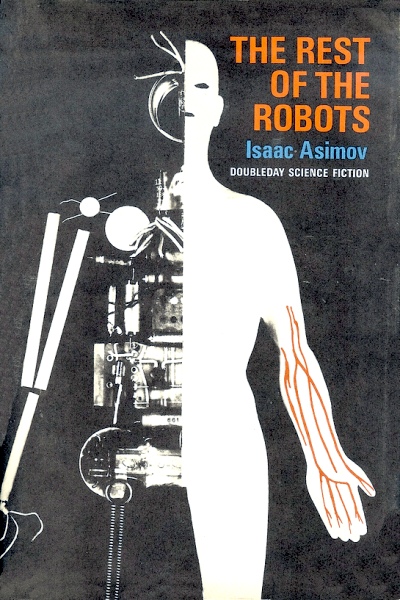


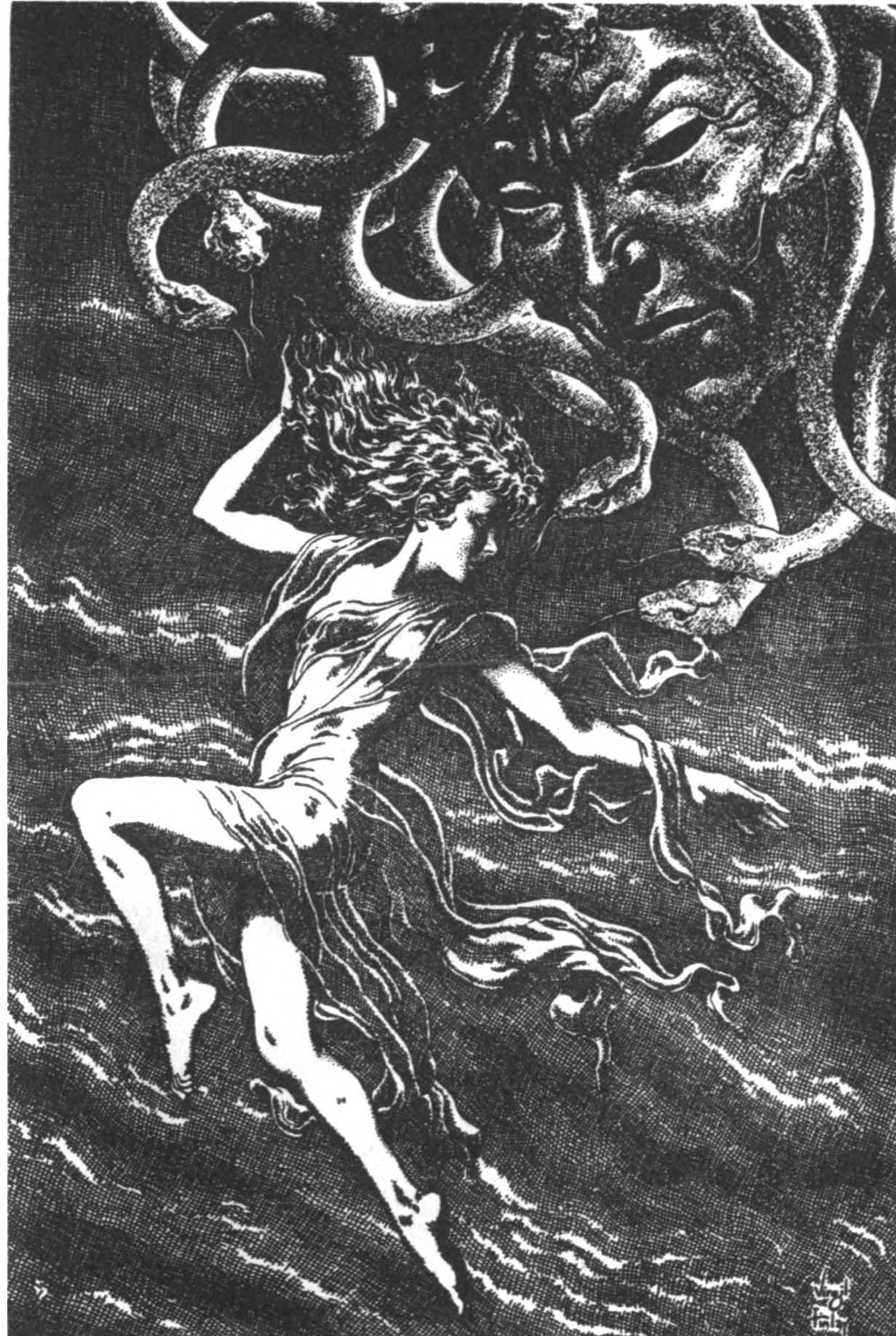

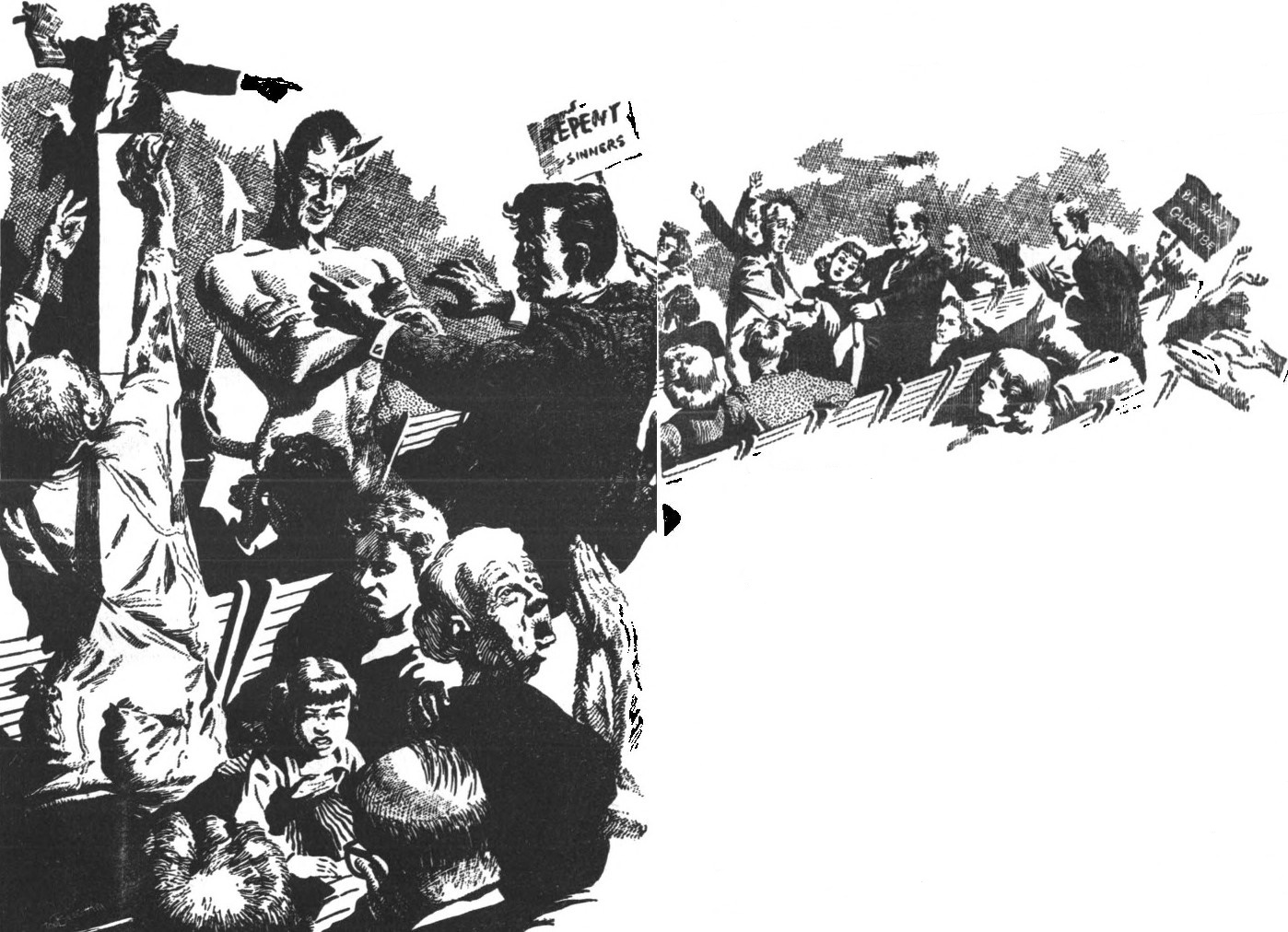


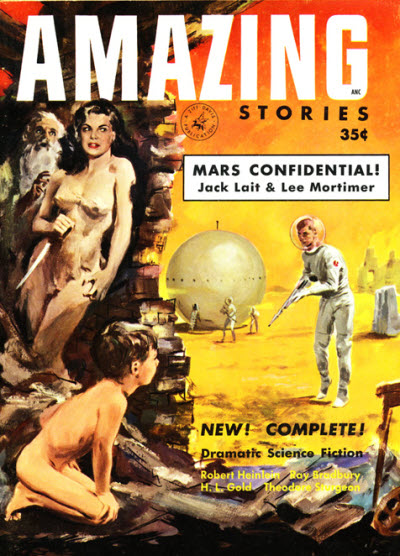



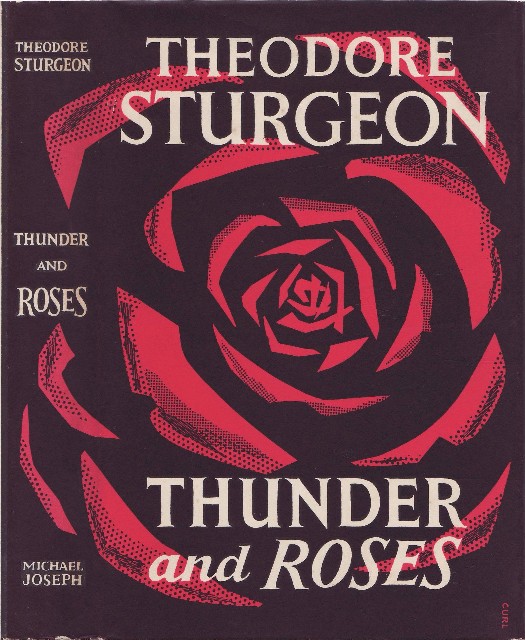
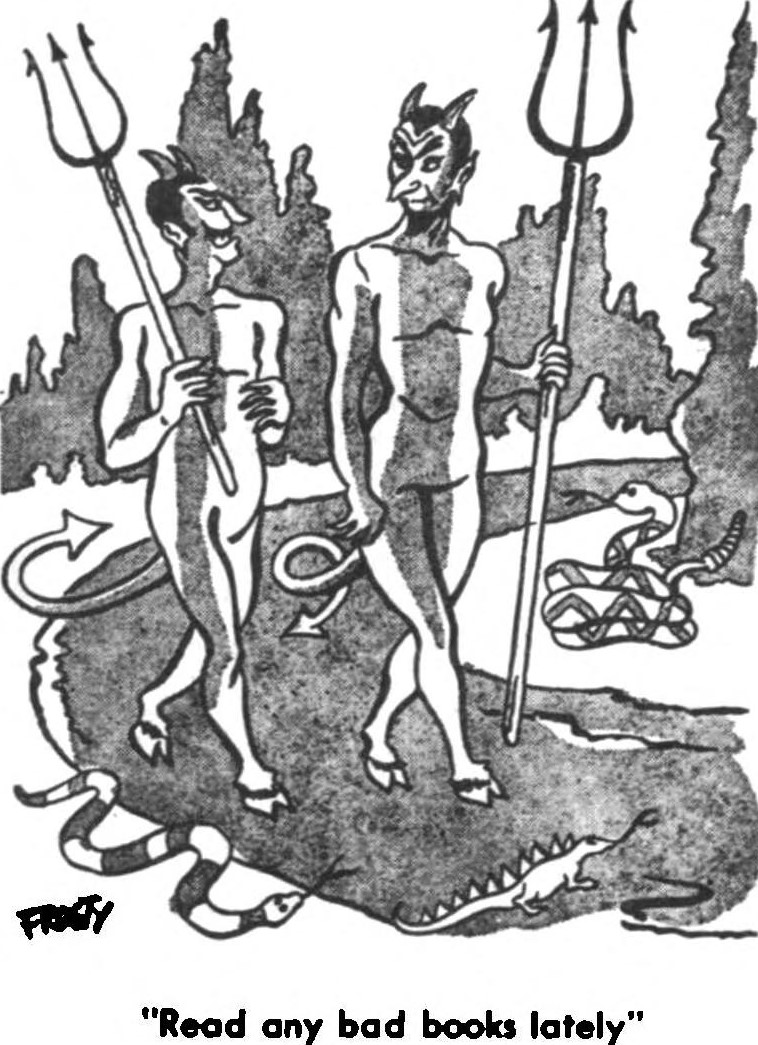

![[May 18, 1966] What's the Difference? (Two versions of <i>Mindswap</i> by Robert Sheckley)](https://galacticjourney.org/wp-content/uploads/2021/05/MNDSWPHRXV1966-367x372.jpg)

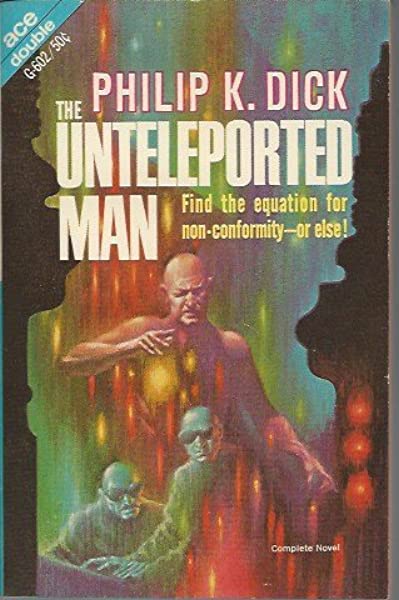



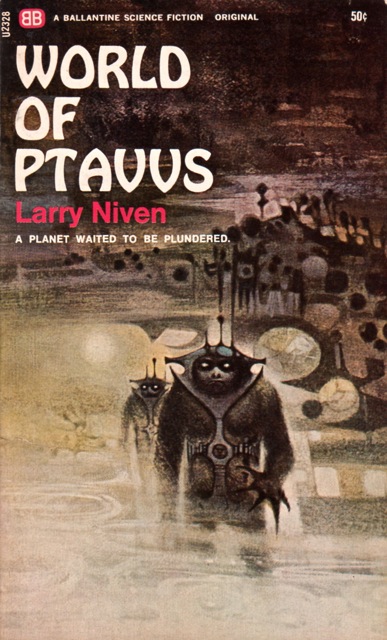
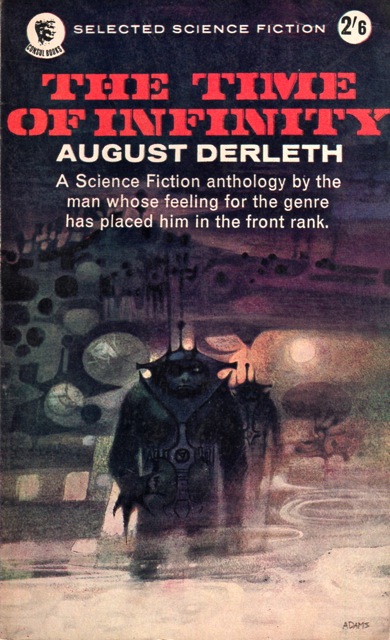

![[May 14, 1966] Seeing Double (<i>The She Beast</i> and <i>The Embalmer</i>)](https://galacticjourney.org/wp-content/uploads/2021/05/unnamed-1-512x372.jpg)

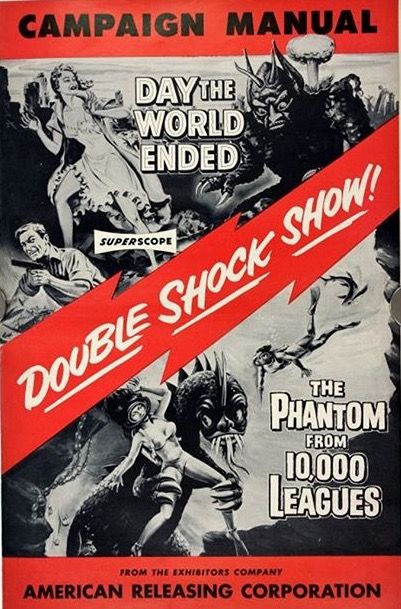

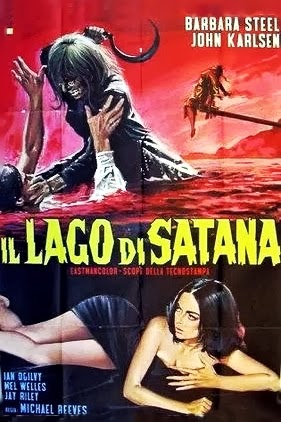


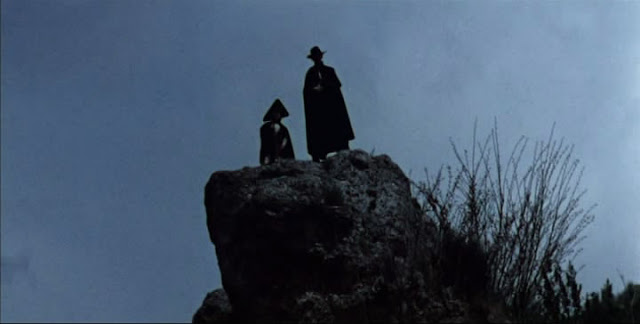
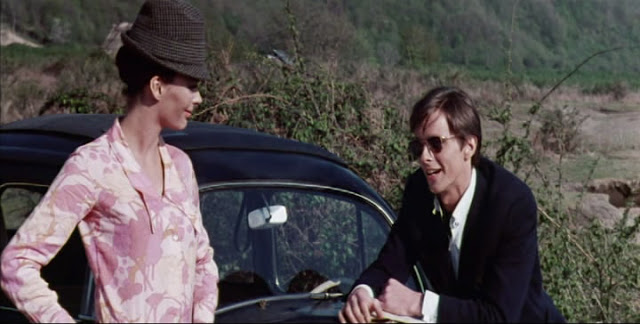

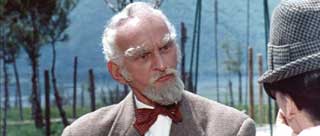
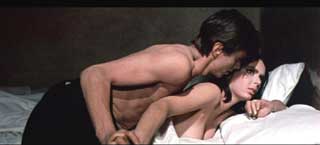
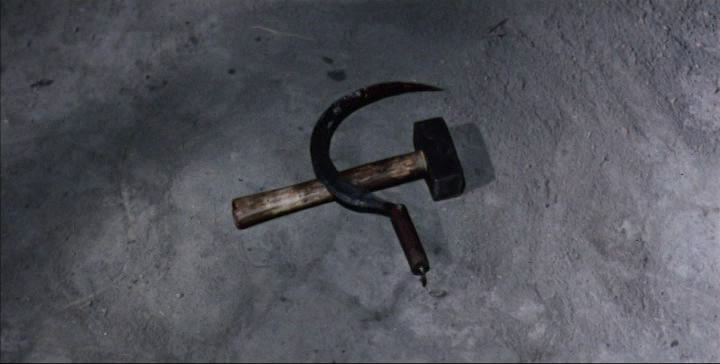

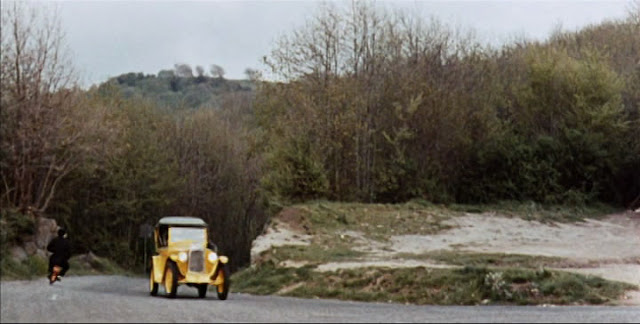
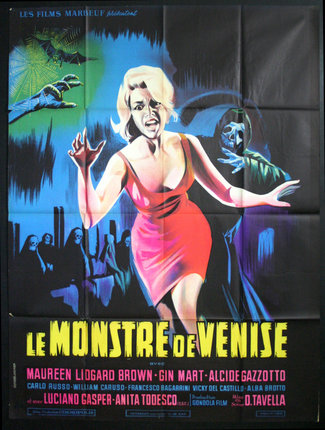
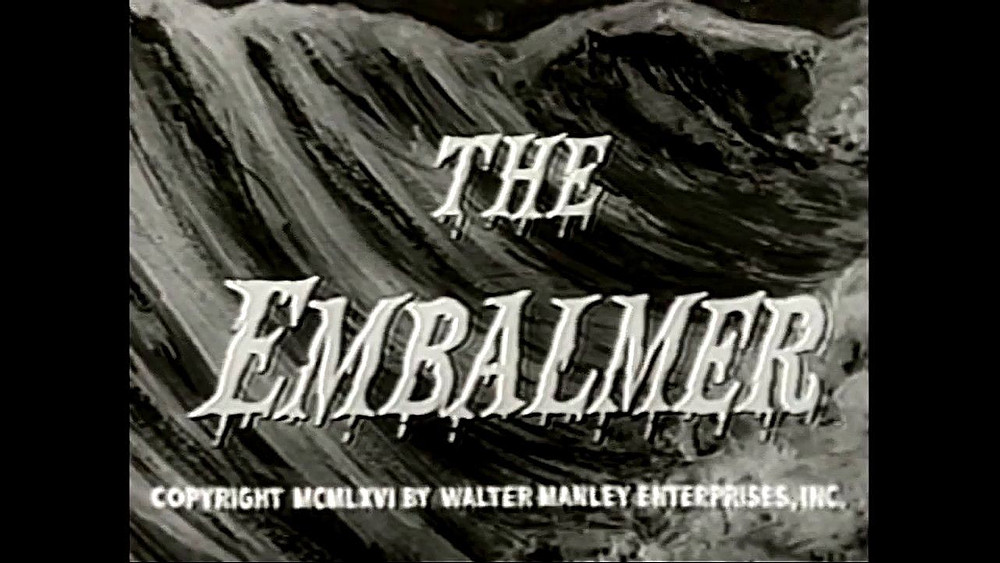
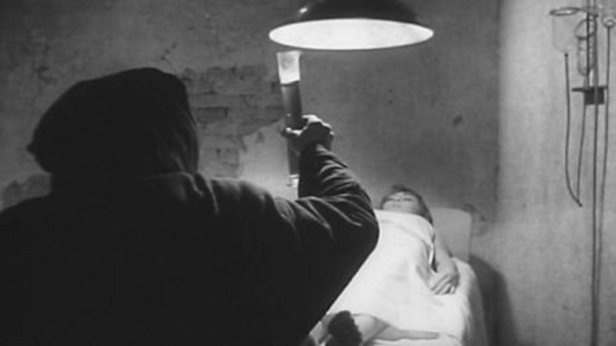
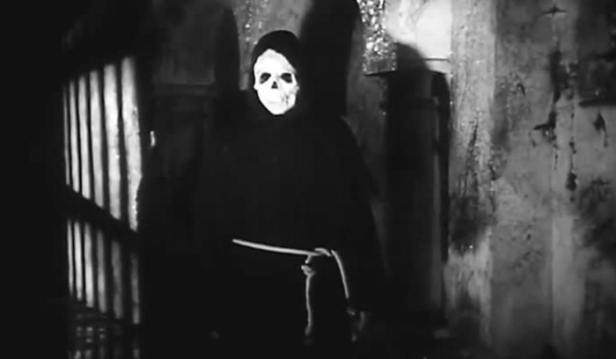


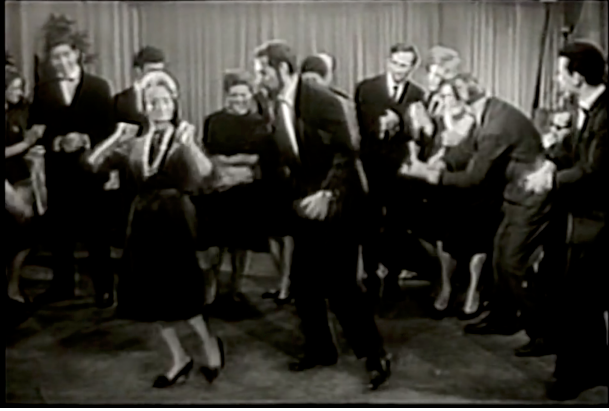
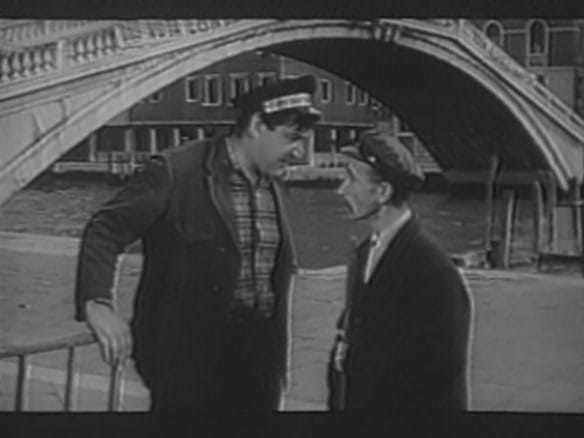
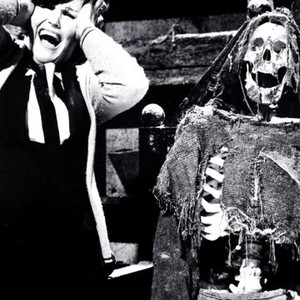

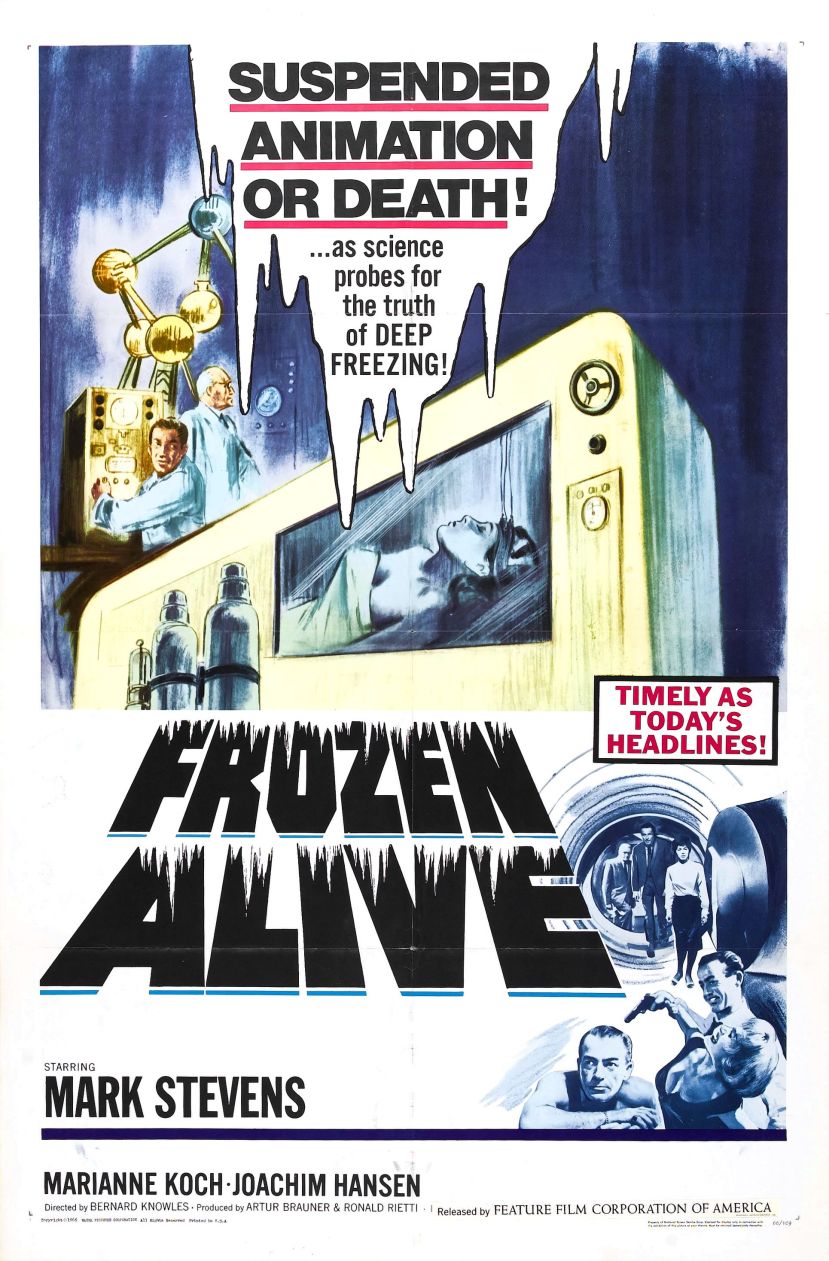
![[April 22, 1966] No Man's Land (<i>Women of the Prehistoric Planet</i> and Further Female Filled Fantasy Films)](https://galacticjourney.org/wp-content/uploads/2021/04/women_of_prehistoric_planet_1966-3.jpg)
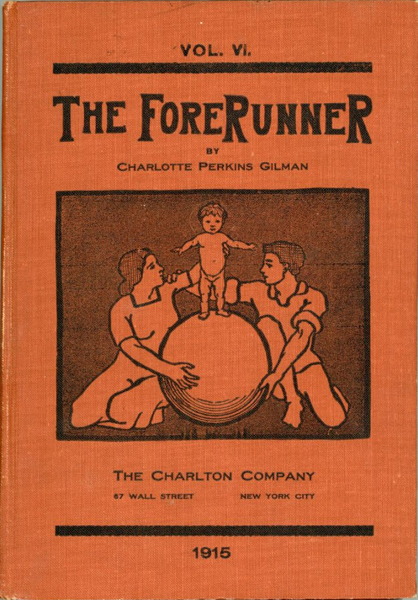


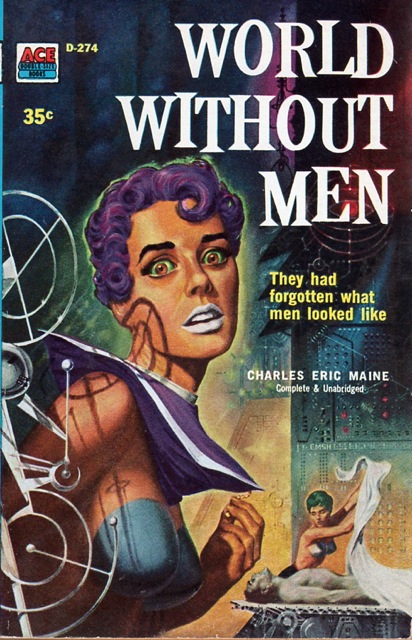






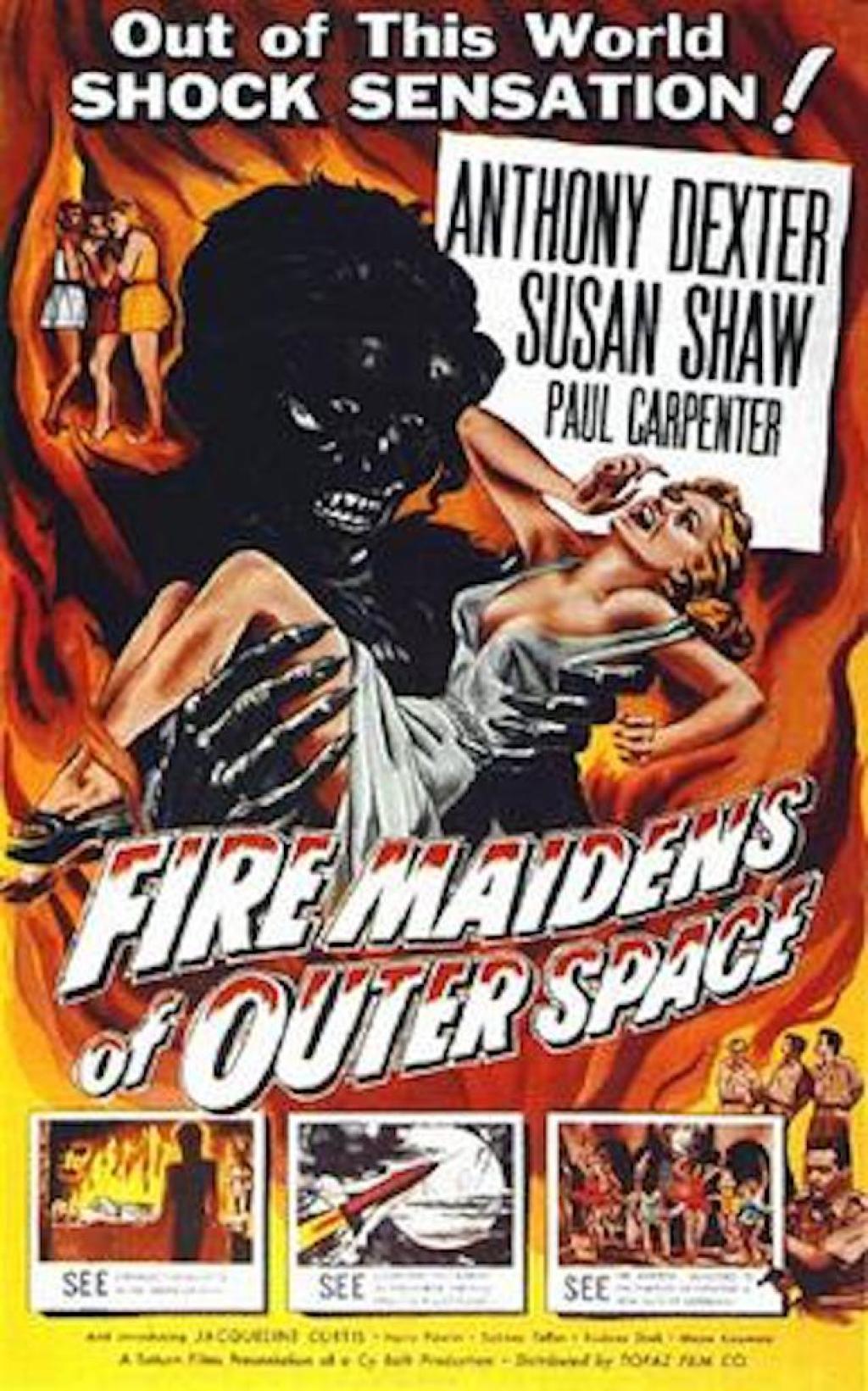
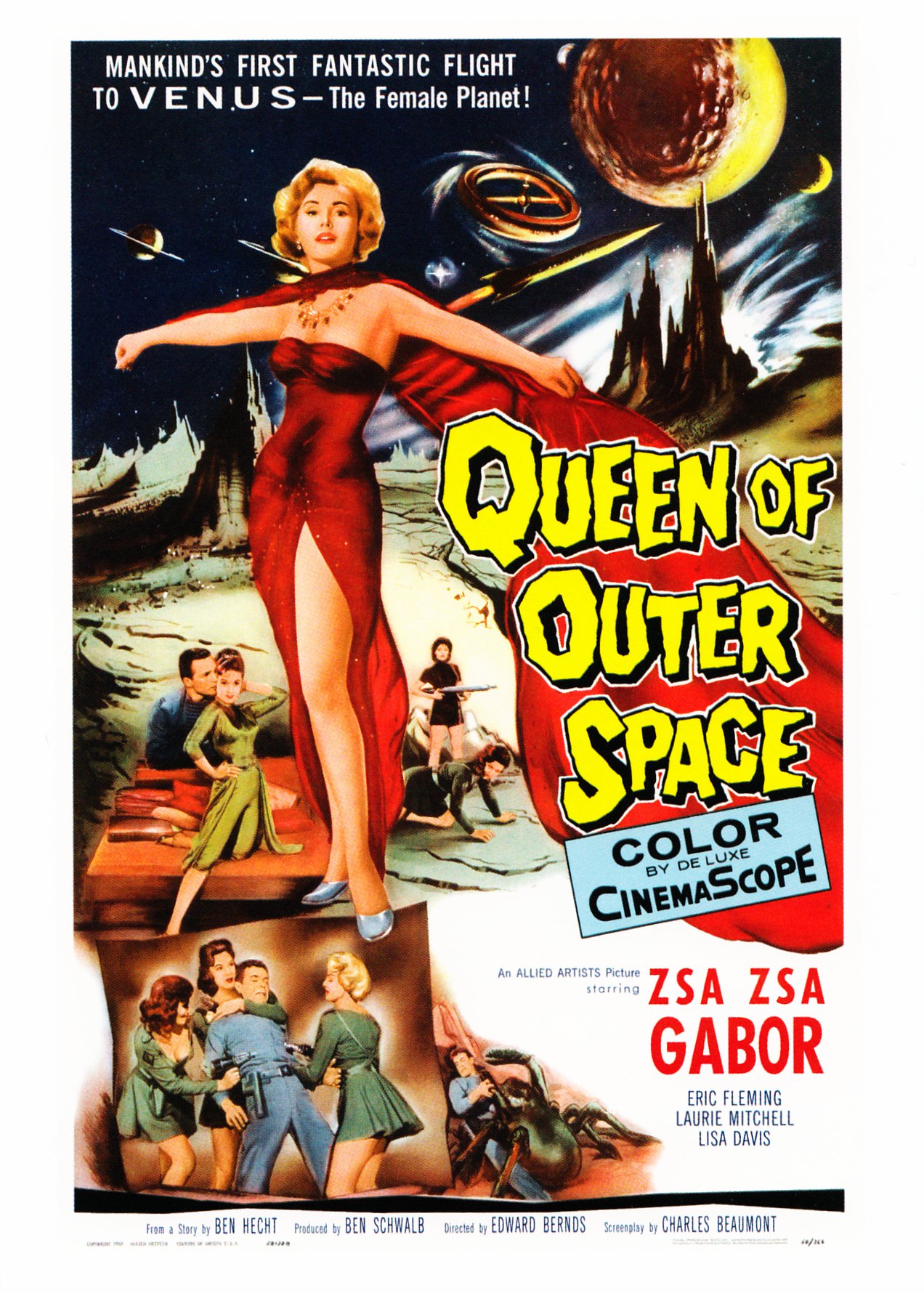




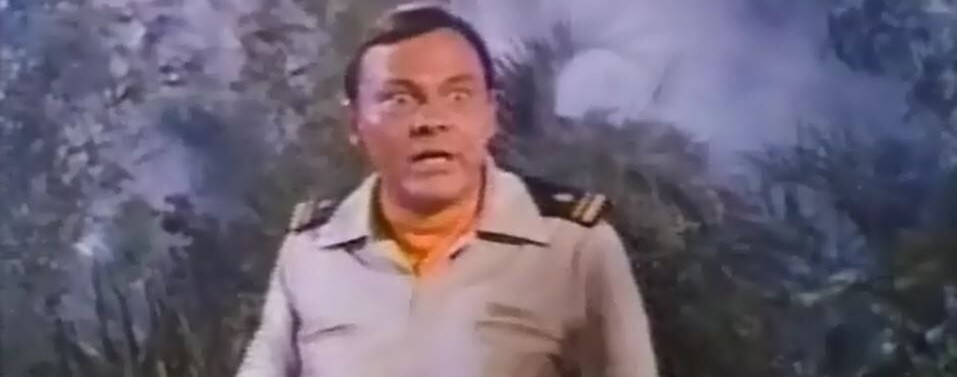




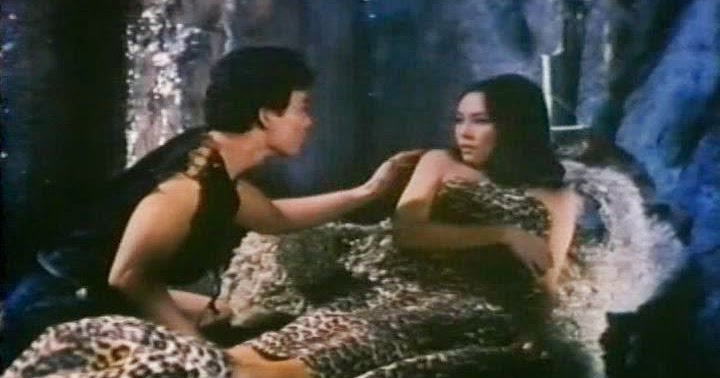
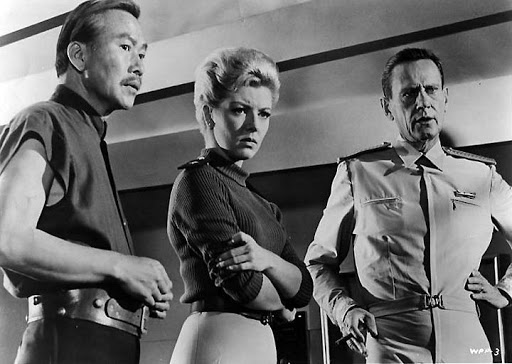


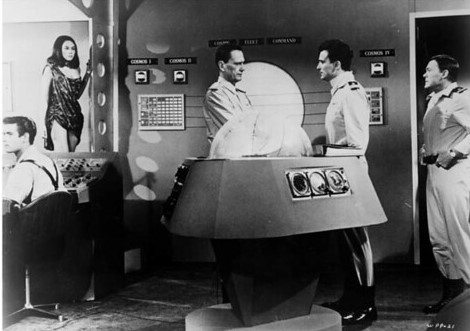


![[April 8, 1966] Search Parties (May 1966 <i>Fantastic</i>)](https://galacticjourney.org/wp-content/uploads/2021/04/Fantastic_v15n05_1966-05_0001-4-672x372.jpg)



 Here's a picture of Representative Ford and wife Betty on a recent fishing trip, so you'll recognize him if his face shows up in the news in times to come.
Here's a picture of Representative Ford and wife Betty on a recent fishing trip, so you'll recognize him if his face shows up in the news in times to come.




















